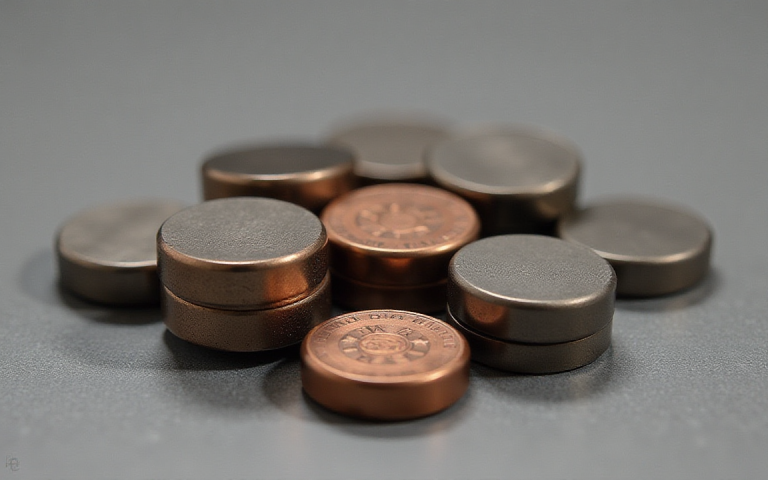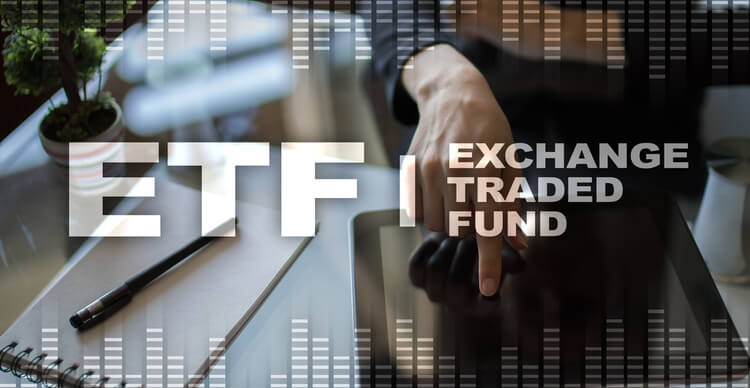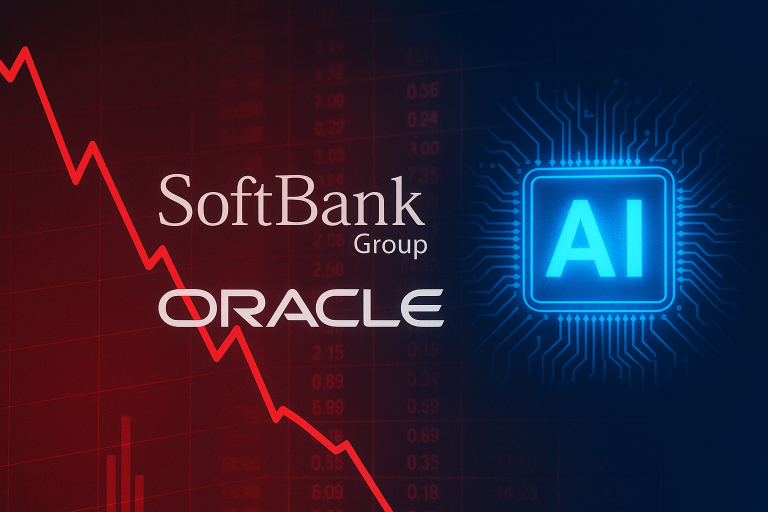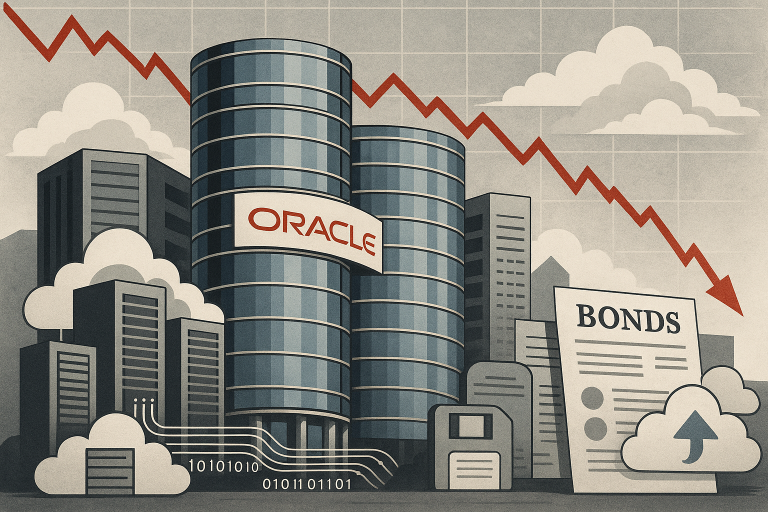Vietnam’s National Assembly, on Thursday, took a significant step towards bolstering its nascent domestic rare earth processing sector by approving a revised law.
This new legislation imposes stricter controls on the export of refined rare earths while definitively re-stating the long-standing ban on exporting raw rare earth ore.
The move is a concerted effort to support and nurture a domestic industry that has historically struggled to fully capitalise on Vietnam’s vast, substantial rare earth reserves, which are estimated to be among the world’s largest.
The government is fostering a more robust and self-sufficient domestic supply chain—essential for global high-tech and green energy sectors—by restricting exports of refined, value-added products and maintaining the ban on unprocessed ore.
This strategy is designed to keep the associated economic benefits, technological expertise, and job creation from rare earth processing within the country.
Bolstering domestic processing sector
Vietnam possesses notable deposits of rare earth elements, according to data from the US Geological Survey (USGS).
These elements are crucial for numerous high-tech applications, including consumer electronics, electric vehicles, and defense technology.
Despite being recognised as having some of the world’s largest deposits, there has been a significant revision in the official estimate of Vietnam’s reserves.
Earlier this year, the USGS dramatically lowered its assessment of the country’s rare earth reserves.
The estimate was reduced from an initial figure of 22 million metric tonnes down to 3.5 million metric tonnes.
This considerable downward revision, a reduction of over 84%, highlights the complexities and uncertainties involved in accurately surveying and quantifying mineral resources, even in areas long known for their abundance.
This change in the official reserve figure has important implications for global supply chain planning and for Vietnam’s strategic position in the critical minerals market.
While the country remains a key player, the revised numbers suggest a smaller long-term resource base than previously thought.
Revised reserve estimates and global context
The current revisions to mineral law indirectly curb the export of refined rare earths.
This is achieved by mandating that “deep processing of rare earths must be linked to establishing a modern industrial ecosystem to enhance the domestic value chain and guarantee autonomy.”
The global West is urgently seeking non-Chinese sources for refined rare earths, which are vital components in modern technologies like electric vehicles and renewable energy infrastructure.
This push is a direct response to China’s dominant position in the global supply chain and the export controls Beijing imposed in April, escalating trade tensions with the US and highlighting Western vulnerability in these sensitive industries.
Given that Vietnam currently has almost no refining capacity, its restrictions will have no immediate effect.
The exploitation of rare earth reserves has been hampered by long-standing regulatory obstacles, preventing both local companies and international collaborators from accessing them.
This is despite the country’s ban on exporting rare earth ores, which has been in place since at least 2021.
The new law reinforces the prohibition on exporting ores and emphasizes the need for stringent control over “exploration, exploitation and processing activities.”
The post Vietnam bets on rare earth processing: new law curbs exports to bolster domestic industry appeared first on Invezz










